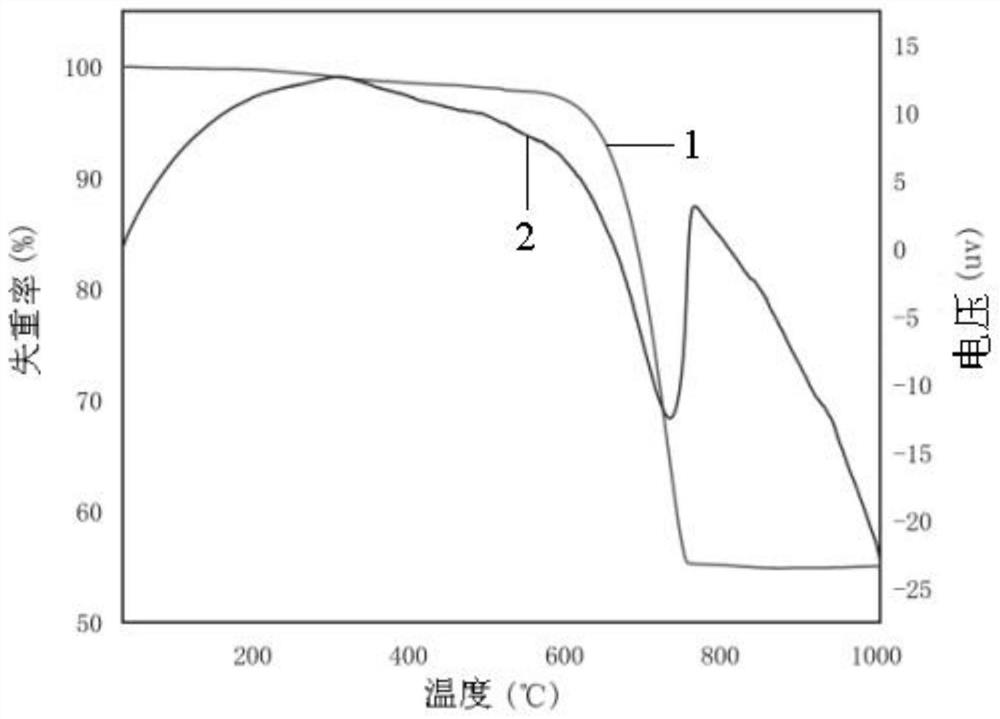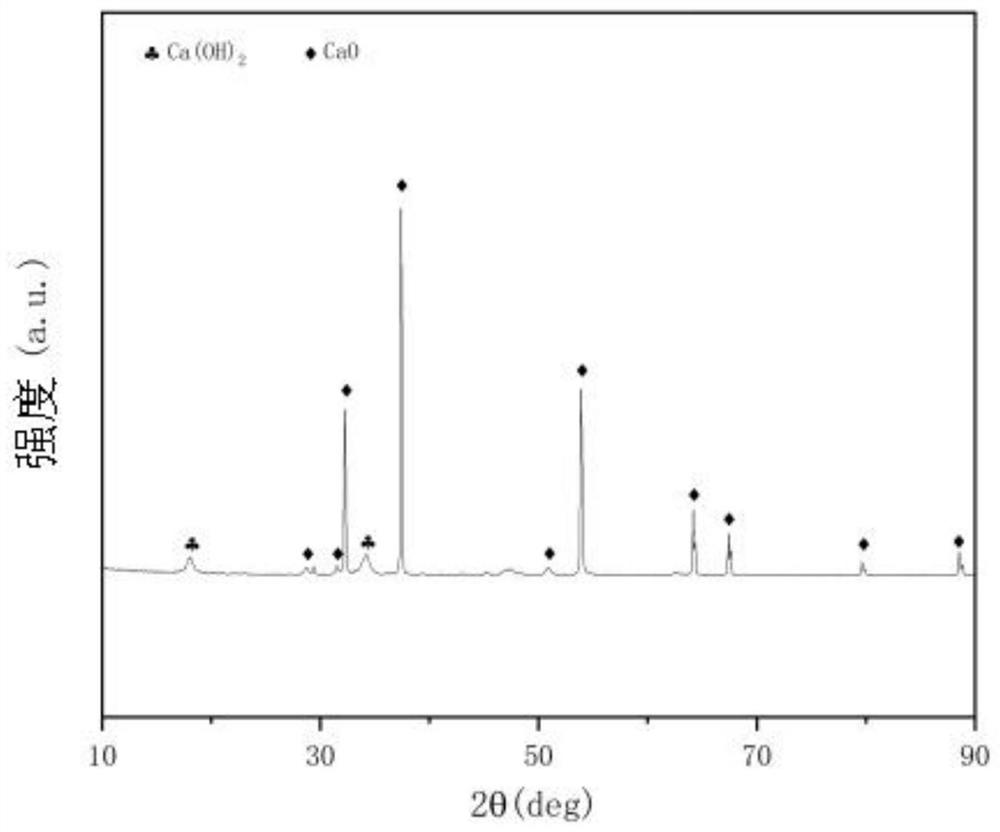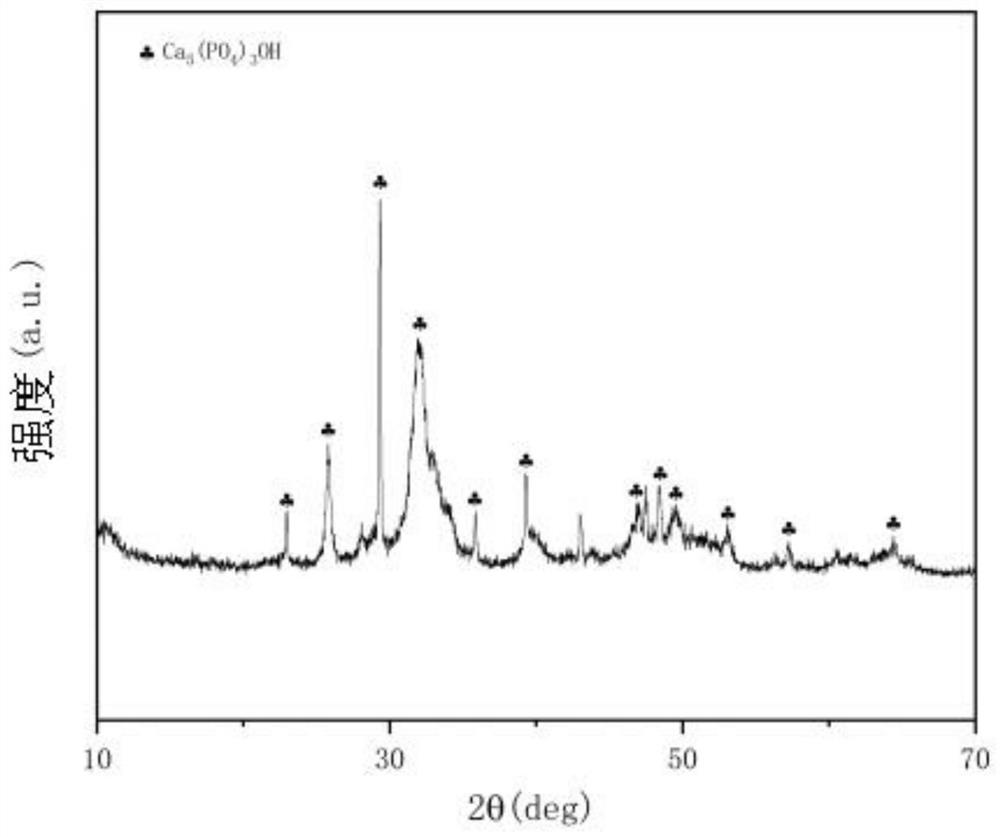Method for removing boron and phosphorus in wastewater by coupling shell powder
A technology for shell powder and wastewater, which is applied in chemical instruments and methods, water pollutants, water/sewage treatment, etc. The effect of good biocompatibility, low price and environmental protection, simple treatment method
- Summary
- Abstract
- Description
- Claims
- Application Information
AI Technical Summary
Problems solved by technology
Method used
Image
Examples
specific Embodiment approach 1
[0025] Specific implementation mode 1: This implementation mode is a method for coupling removal of boron and phosphorus in waste water by using shell powder, specifically according to the following steps:
[0026] 1. Clean the oyster shells ultrasonically, place them in an oven, and dry them at 60°C to 65°C; use a pulverizer to crush the dried oyster shells, and sieve them with a mesh size of 100 mesh to 400 mesh. The sieved oyster shell powder is placed in a muffle furnace, calcined at 750°C-1000°C for 3h-4h, and naturally cooled to room temperature to obtain modified shell powder;
[0027] 2. Add phosphate to the waste water containing boric acid to be treated, stir for 10min to 20min at a speed of 200r / min to 300r / min, and then add the modified shell powder prepared in step 1. Under the condition of 400r / min~500r / min, continue to stir for 5h~6h to complete the coupling removal of boron and phosphorus;
[0028] The molar ratio of the boron element in the waste water contai...
specific Embodiment approach 2
[0030] Embodiment 2: This embodiment differs from Embodiment 1 in that: in step 1, dry at 60° C. for 24 hours. Others are the same as the first embodiment.
specific Embodiment approach 3
[0031] Specific embodiment three: the difference between this embodiment and specific embodiment one or two is: the number of mesh in step one is 200 mesh. Others are the same as those in Embodiment 1 or 2.
PUM
| Property | Measurement | Unit |
|---|---|---|
| adsorption capacity | aaaaa | aaaaa |
Abstract
Description
Claims
Application Information
 Login to View More
Login to View More - R&D
- Intellectual Property
- Life Sciences
- Materials
- Tech Scout
- Unparalleled Data Quality
- Higher Quality Content
- 60% Fewer Hallucinations
Browse by: Latest US Patents, China's latest patents, Technical Efficacy Thesaurus, Application Domain, Technology Topic, Popular Technical Reports.
© 2025 PatSnap. All rights reserved.Legal|Privacy policy|Modern Slavery Act Transparency Statement|Sitemap|About US| Contact US: help@patsnap.com



